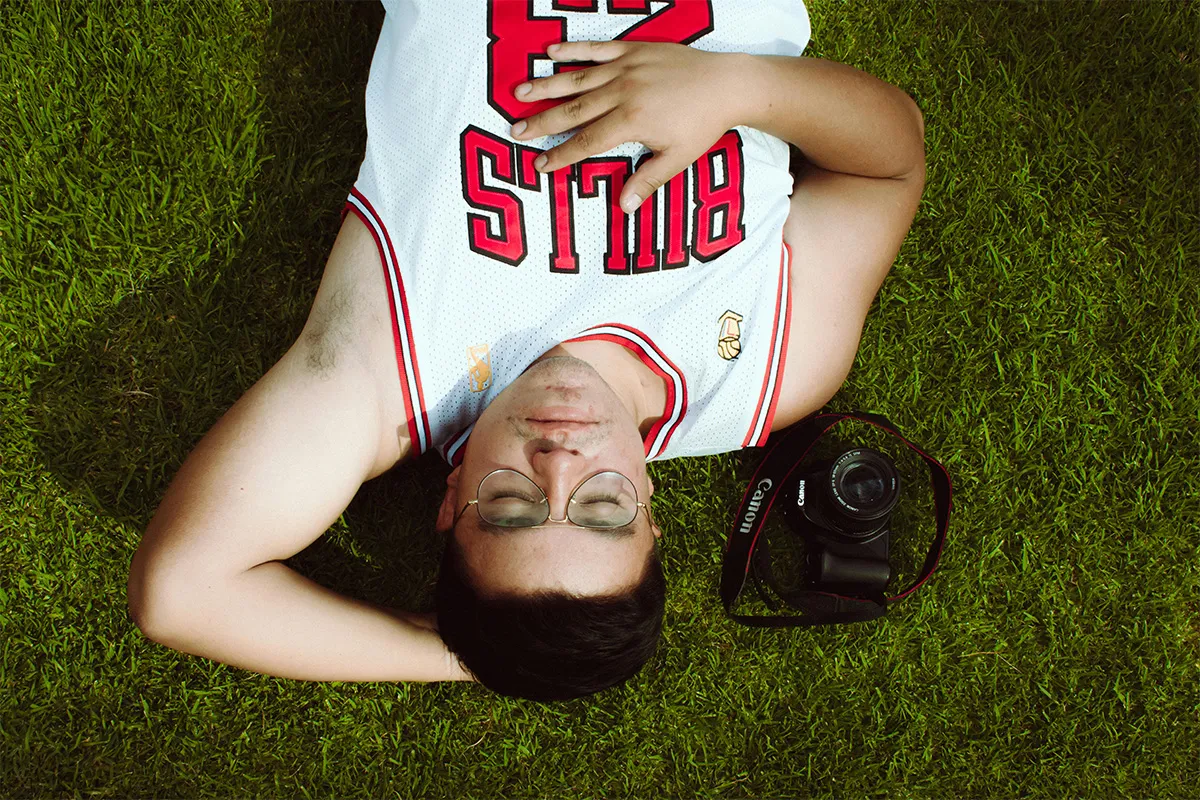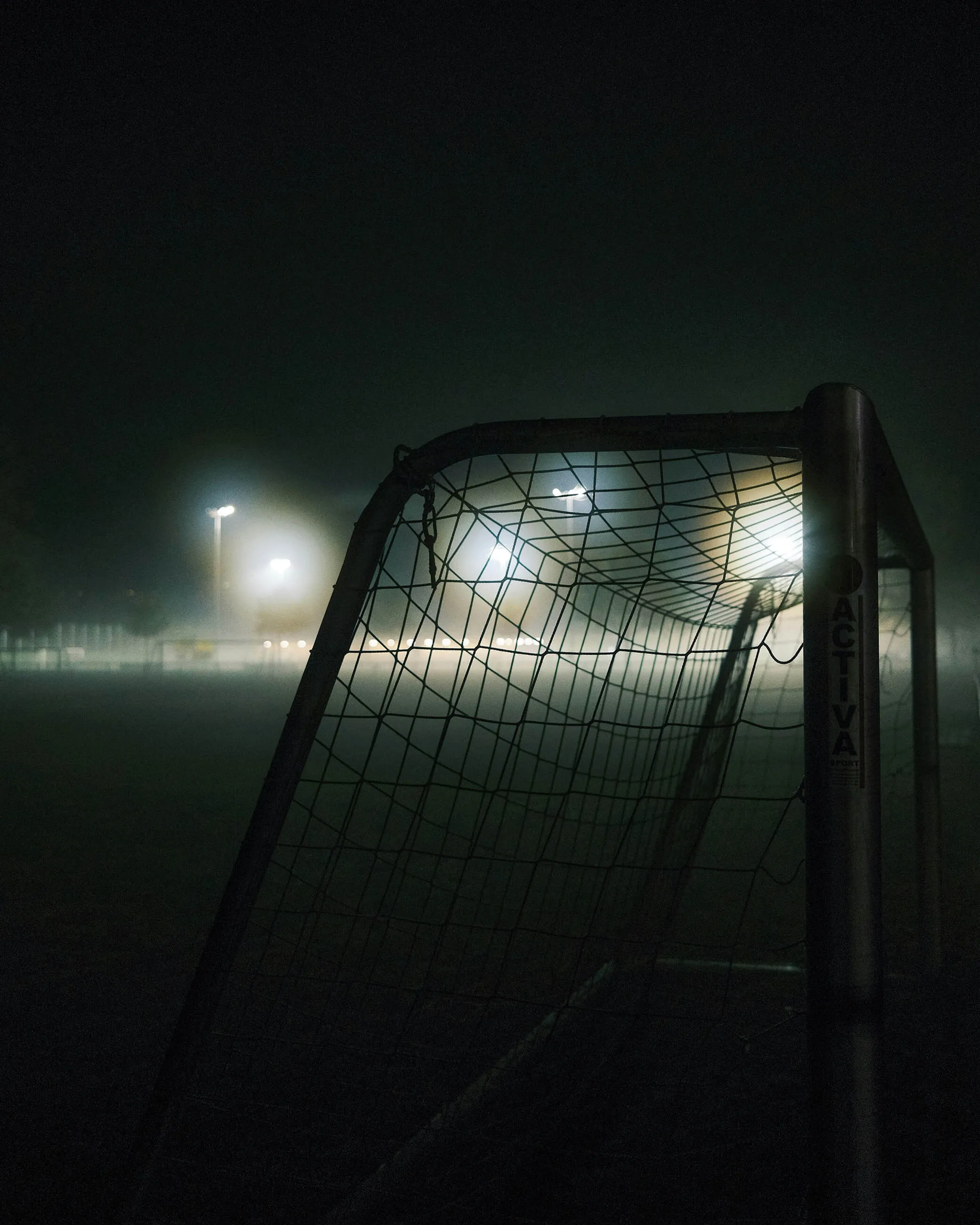
Just Imagine — The power of mental imagery in athletic performance
Exploring how visualization techniques can enhance athletic performance, improve skills, and prepare the mind for competitive success.
The Power of Mental Imagery in Athletic Performance
The quarterback who mentally rehearses his throws before stepping onto the field. The gymnast who closes her eyes and runs through her routine before mounting the beam. The golfer who visualizes the perfect arc of his swing before addressing the ball. These athletes understand a fundamental truth about peak performance: what happens in the mind shapes what happens in reality.
Visualization—the systematic practice of creating vivid mental images—has long been one of the most powerful yet underutilized tools in an athlete’s mental arsenal. While physical training builds the body, visualization trains the mind to direct that physical potential toward specific, successful outcomes.
Beyond Daydreaming: The Science of Visualization
Visualization isn’t merely wishful thinking or casual daydreaming. It’s a structured psychological technique with compelling scientific evidence behind it. When you visualize yourself performing an action, your brain generates impulses to your muscles that mirror those produced during physical execution. Electromyographical (EMG) studies show that even when no physical movement occurs during visualization, the relevant muscle groups still exhibit measurable electrical activity.
This phenomenon creates a neural blueprint that “primes” your muscular system for subsequent action. While visualization alone doesn’t build physical strength, it does strengthen the neural pathways that coordinate movement patterns—essentially helping your brain and body communicate more effectively when it’s time to perform.
As one Olympic coach puts it: “The body achieves what the mind believes.” This isn’t just motivational rhetoric; it’s a neurological reality.
The Five Perspectives of Mental Imagery
Not all visualization is created equal. Athletes can employ different perspectives when creating mental images, each with unique advantages:
1. Visual-Internal (First-Person View)
This perspective involves seeing the action through your own eyes, as if you were actually performing it. A downhill skier using this approach would see the slope rushing toward them, feel the wind on their face, and view the terrain as it approaches.
This perspective is particularly effective for:
- Building confidence in your ability to execute
- Enhancing focus and concentration
- Developing proper timing and rhythm
2. Visual-External (Third-Person View)
Here, you watch yourself perform as if viewing a video. The skier would see their entire body carving turns down the mountain from an outside perspective.
This approach excels at:
- Analyzing technique and form
- Identifying mechanical flaws
- Learning new skills or sequences
3. Kinesthetic (Pure Feeling)
This perspective focuses exclusively on the physical sensations of performance—the tension in muscles, the pressure against equipment, the feeling of balance and movement.
Kinesthetic imagery is valuable for:
- Developing body awareness
- Fine-tuning precise movements
- Connecting with the emotional aspects of performance
4. Visual-Internal Kinesthetic (Seeing and Feeling in First-Person)
This combined approach merges what you see through your own eyes with what you feel in your body—creating a more complete sensory experience.
5. Visual-External Kinesthetic (Seeing Yourself While Feeling the Movement)
This perspective allows you to observe your technique from outside while simultaneously experiencing the physical sensations of the movement.
Research suggests that while beginners often benefit most from external perspectives that help them develop proper form, experienced athletes gain more from internal perspectives that enhance the mind-body connection. However, the most effective visualization incorporates all the senses—not just sight and feel, but also sound, smell, and even taste when relevant.
The Five Functions of Visualization
Canadian psychologist Allan Paivio recognized that visualization serves different functions across various performance contexts. His model identifies five key applications:
1. Motivational Specific: Visualizing Achievement
This involves imagining specific outcomes or achievements—standing on the podium, crossing the finish line first, or making the game-winning shot. The cricket bowler visualizing taking the final wicket to win the match is employing this type of imagery.
2. Motivational General-Mastery: Visualizing Confidence and Control
Here, you imagine yourself exhibiting perfect mental control in typical competitive situations—staying focused under pressure, maintaining composure after mistakes, or projecting confidence during crucial moments.
3. Motivational General-Arousal: Visualizing Optimal Emotional States
This function involves imagining how to regulate your energy and emotions—calming yourself before a penalty kick, generating intensity before a sprint, or maintaining determination during fatigue.
4. Cognitive Specific: Visualizing Technical Skills
This is perhaps the most common application, involving detailed mental rehearsal of specific skills and techniques. The gymnast mentally practicing each component of a floor routine is using cognitive specific imagery.
5. Cognitive General: Visualizing Strategy and Tactics
This broader application involves mentally rehearsing game plans, tactical adjustments, and strategic responses to various competitive scenarios.
Each function serves different performance needs, and elite athletes typically employ a combination of all five throughout their training and competition cycles.
Practical Applications: When and How to Visualize
The versatility of visualization extends across every phase of athletic development and competition:
Skill Development and Refinement
When learning new techniques, visualization accelerates the acquisition process. Before attempting a new skill physically, watch an expert demonstration and then mentally rehearse the movement pattern from both external and internal perspectives. This creates an initial neural blueprint that guides physical practice.
For refining existing skills, alternate between physical and mental repetitions. This combination proves more effective than physical practice alone while reducing the risk of overtraining and injury.
Tactical Rehearsal
Team sports require complex decision-making and strategic awareness. Visualization allows you to mentally explore various tactical scenarios and develop appropriate responses. Chess players visualize multiple moves ahead; similarly, basketball players can mentally rehearse offensive sets against different defensive alignments.
Environmental variables like weather conditions can also be incorporated into tactical visualization. Mentally rehearsing performance adaptations for wind, rain, or extreme heat prepares you to handle these elements when they arise in competition.
Pre-Competition Preparation
One of visualization’s most powerful applications is reducing the unknown variables that often trigger performance anxiety. By mentally walking through every aspect of the upcoming competition—from arrival at the venue to post-event cool-down—you create a sense of familiarity that calms the nervous system.
Elite athletes often create detailed mental movies of their ideal performance, incorporating every conceivable detail of the competitive environment. This not only reduces anxiety but also establishes clear performance expectations.
”What If” Scenarios
One of the most underutilized applications of visualization is preparing for unexpected challenges. Mentally rehearsing responses to potential obstacles—equipment failure, weather changes, opponent tactics, or officiating decisions—builds psychological resilience and decision-making agility.
This approach transforms potential crises into anticipated challenges for which you’ve already developed solutions, reducing the panic response that often accompanies unexpected difficulties.
Within-Competition Mental Rehearsal
Even during competition, brief visualization immediately before executing a skill enhances performance. The pole vaulter who visualizes a successful clearance before attempting the jump, or the free-throw shooter who mentally sees the ball swishing through the net, increases their probability of success.
Russian pole vault legend Yelena Isinbayeva famously used this technique before every attempt, only approaching the runway after she had “cleared” the height several times in her mind.
Coping and Persistence
Visualization can be a powerful tool for managing discomfort and sustaining effort. Research shows that athletes visualizing pleasant imagery during endurance tasks perceive less fatigue than those focusing on their physical sensations.
Some athletes create heroic mental narratives—imagining themselves overcoming impossible odds or drawing strength from inspirational figures—to access deeper reservoirs of determination during challenging moments.
Post-Performance Review
After competition, visualization becomes a valuable analytical tool. By mentally replaying your performance in slow motion, you can identify technical flaws, tactical errors, or psychological patterns that might otherwise go unnoticed.
This reflective practice transforms even disappointing performances into valuable learning experiences.
Building Your Visualization Practice
Like any skill, effective visualization requires consistent practice. Here’s a simple process to develop your mental imagery abilities:
- Start Simple: Begin with brief visualizations of basic movements or familiar environments
- Engage All Senses: Progressively incorporate sight, sound, feel, smell, and even taste
- Increase Complexity: Gradually add more detail, longer sequences, and greater environmental variables
- Practice Regularly: Schedule dedicated visualization sessions (5-15 minutes) at least 3-4 times weekly
- Use Relaxation First: Always begin with deep breathing and muscle relaxation to enhance image clarity
- Be Realistic: Visualize both successful performances and effective responses to mistakes
- Match Competition Intensity: As skills develop, create visualizations that match competitive pressure
Initial visualization attempts may feel vague or difficult to control. This is normal—mental imagery is a skill that develops with practice. Most athletes report significant improvements in vividness and control within 2-3 weeks of consistent practice.
Overcoming Common Visualization Challenges
Many athletes encounter obstacles when beginning visualization practice:
“I Can’t See Clear Images”
Some people naturally process information in ways that don’t emphasize visual clarity. If this describes you, focus more on kinesthetic sensations or even verbal cues that represent the movements. Recent research suggests that the benefits of mental rehearsal don’t depend entirely on visual clarity—the process of mentally engaging with performance elements provides benefits regardless of image sharpness.
”My Mind Wanders”
Treating wandering thoughts as “wrong” only creates frustration. Instead, gently notice when your mind drifts and return to your visualization without judgment. Mental focus, like physical strength, builds gradually through consistent practice.
”I Keep Visualizing Failure”
Negative visualizations often reflect performance anxiety. If you notice yourself repeatedly imagining mistakes, don’t force positive images immediately. Instead, visualize yourself responding effectively to the mistake—regaining composure, making adjustments, and continuing with confidence. This builds resilience rather than avoidance.
”I Don’t Have Time”
Visualization can be incorporated into existing routines. Practice during warm-ups, cool-downs, or even during brief moments throughout the day. Even 30-60 second visualization “microbursts” accumulate meaningful benefits over time.
Conclusion: The Competitive Edge Within
In an era where athletes increasingly approach physical training limits, the mental game often determines who stands on the podium. Visualization represents one of the most accessible and effective tools for developing this psychological edge.
The beauty of visualization lies in its availability—it requires no equipment, no special facilities, and can be practiced anywhere. You can visualize while injured, during travel, or when physical training isn’t possible. This accessibility makes it one of the most democratic performance enhancement techniques available.
As Olympic gold medalist Michael Phelps once said: “You can’t put a limit on anything. The more you dream, the farther you get.” Visualization transforms abstract dreams into concrete neural pathways that guide exceptional performance. The champions of tomorrow will be those who train not just their bodies, but also the minds that direct them.
The power to see it before you achieve it lies not in wishful thinking, but in disciplined mental practice that aligns your nervous system with your aspirations. In the space between thought and action lies the realm where champions are made—one mental image at a time.
